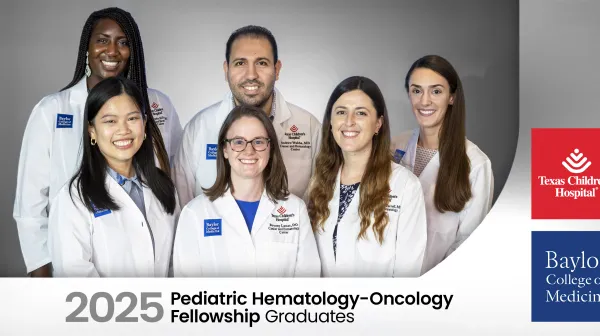Elevated cholesterol levels in children have been getting significant media attention in conjunction with the obesity epidemic in the United States and around the world. Familial hyperlipidemia, however, isn’t related to body habitus or diet and affects 1 in 250–300 children, many of whom will remain undiagnosed.
“Asymptomatic children with familial hypercholesterolemia will have health issues in adulthood, due to factors that could potentially be mitigated,” said Nidhi Bansal, MD, endocrinologist at Texas Children’s Hospital.
Determining whether the cause is genetic
Providers diagnose both familial and acquired hypercholesterolemia using a standard lipid panel, but additional clinical criteria help determine if the cholesterol is elevated due to diet and lifestyle issues or genetics.
“Genetic testing for familial hypercholesterolemia is available, however, 20-40% of people with familial hypercholesterolemia have negative genetic testing results,” said Dr. Bansal. “Most diagnostic tools include a multifold criteria rather than genetic testing alone.”
Due to the complexity in diagnosis and treatment of both conditions, Texas Children’s offers a multidisciplinary dyslipidemia clinic that involves cardiologists, endocrinologists, dietitians and pharmacologists.
The effect on adult cardiovascular health
Atherosclerotic buildup starts in infancy for those with familial hypercholesterolemia because the liver is not capable of adequately clearing cholesterol from the blood. Children with a homozygous variant of the disease can have severe hypercholesterolemia that does not adequately respond to medications and may need plasmapheresis treatments to mechanically separate the cholesterol from the blood.
“That degree of hypercholesterolemia can lead to adverse cardiovascular outcomes, such as heart attack, as early as the late teen years. The heterozygous form, if unmitigated, can lead to adverse outcomes as early as the 40s,” said Dr. Bansal.
Hypercholesterolemia in children due to poor diet is not as severe and does not begin to cause cardiovascular events until much later. These children are also at increased risk for cardiovascular adverse events as adults, but not as young as those affected by familial hypercholesterolemia.
Different treatment approaches
The difference in coronary artery disease risk between the two conditions has resulted in a different approach to treatment. Children with familial hypercholesterolemia are treated with cholesterol-lowering medications, such as statins, once a diagnosis of familial hypercholesterolemia is made. Recent studies [1] have shown that this early treatment approach decreases the risk of myocardial infarction and death in adulthood. A recent Cochrane Review [2] demonstrated that statins are effective in reducing cholesterol levels and seem to be safe and well-tolerated in children.
“My personal clinical experience is that children have fewer side effects from these medications than adults,” said Dr. Bansal.
Acquired hypercholesterolemia treatment focuses on healthy lifestyle changes in an entire family. Cholesterol-lowering medications may be used if there are additional risk factors, or there is a concern that triglycerides are high enough to put a child at risk for pancreatitis, but otherwise the focus is on diet and lifestyle modification.
“An approach cannot be successful for diet and lifestyle changes unless we have the whole family on board, so we always strive to make it a family effort rather than a patient effort,” said Dr. Bansal. She notes that her group has had significant success when a family partners with physicians, dietitians and counselors on their journey to better health.
Early testing is key to early diagnosis
Regardless of the cause, hypercholesterolemia is asymptomatic in children. Dr. Bansal encourages lipid testing in children regardless of body habitus to decrease the risk of early cardiovascular events later in life.
“Many times, kids are not screened for hypercholesterolemia, and the diagnosis isn’t made until well into adulthood after the patient suffers their first MI. This can be easily prevented if the diagnosis is made earlier,” said Dr. Bansal.
Refer to Texas Children’s Preventive Cardiology Program by calling 832-824-3278.
[1] Luirink, et al. (2019). 20-Year Follow-up of Statins in Children with Familial Hypercholesterolemia. New England Journal of Medicine. Available at: https://www.nejm.org/doi/full/10.1056/NEJMoa1816454. Accessed March 7, 2023.
[2] Vuorio, et al. (2019). Statins for Children with Familial Hypercholesterolemia. Cochrane Library. Available at: https://www.cochranelibrary.com/cdsr/doi/10.1002/14651858.CD006401.pub5/full. Accessed March 7, 2023.





